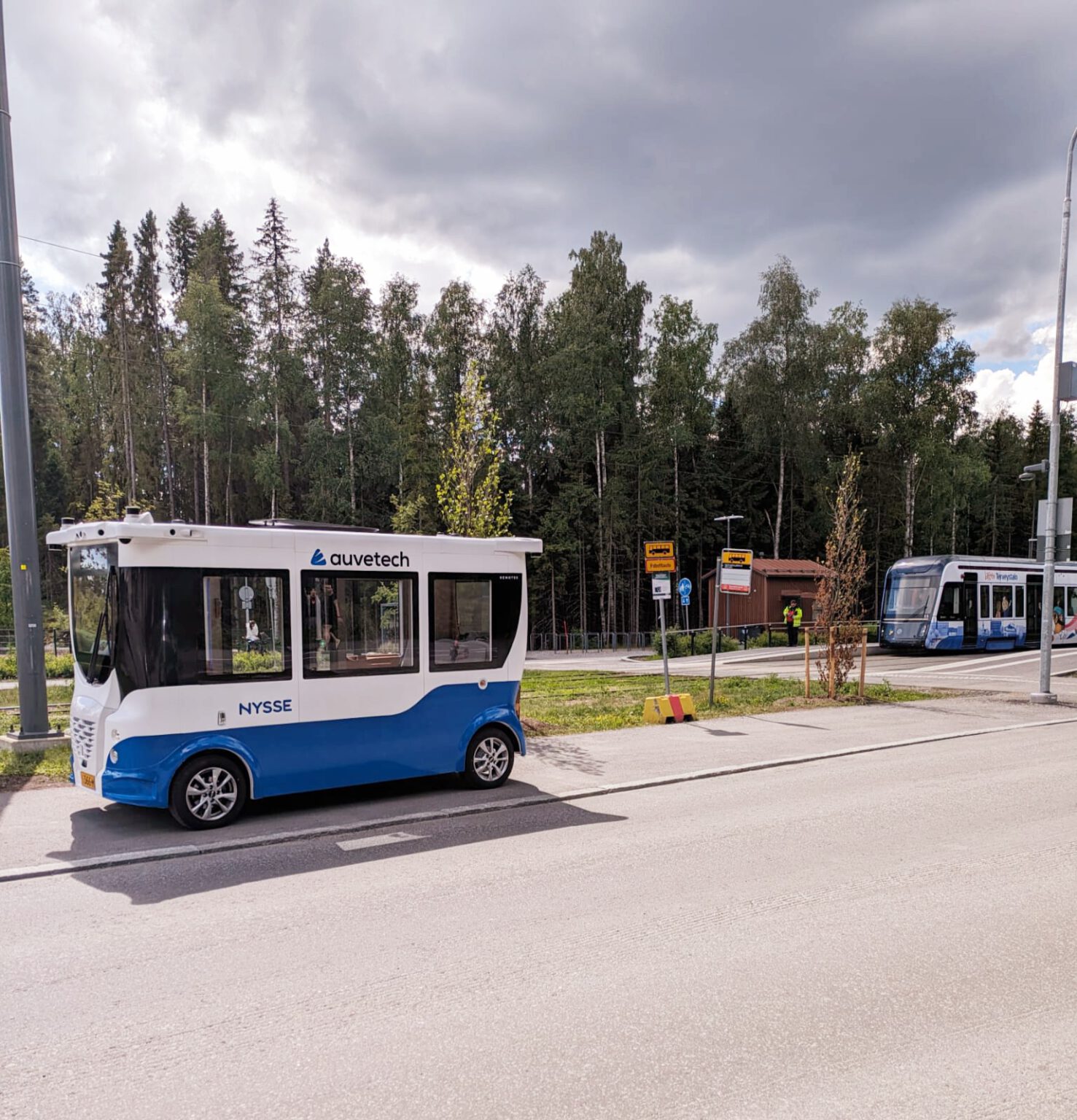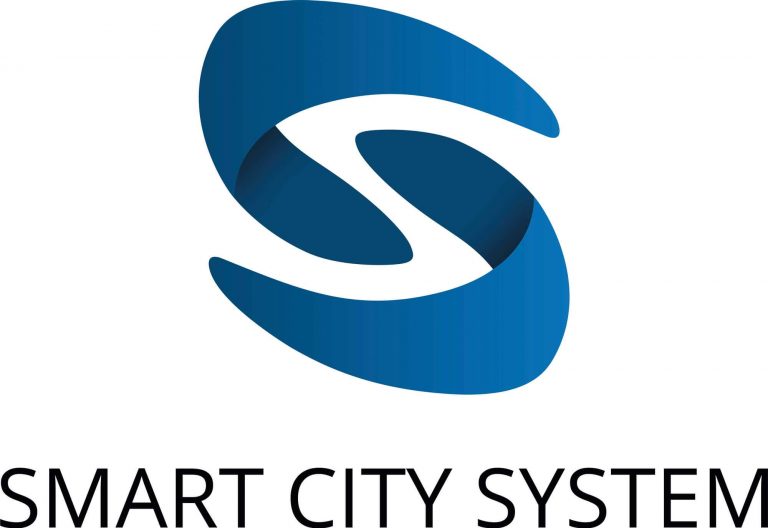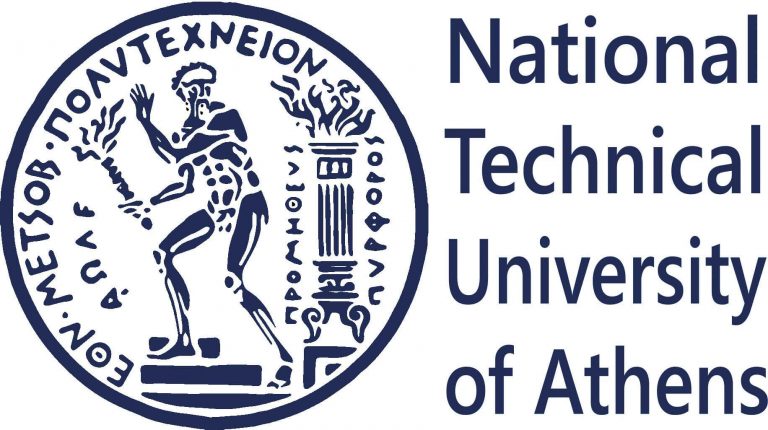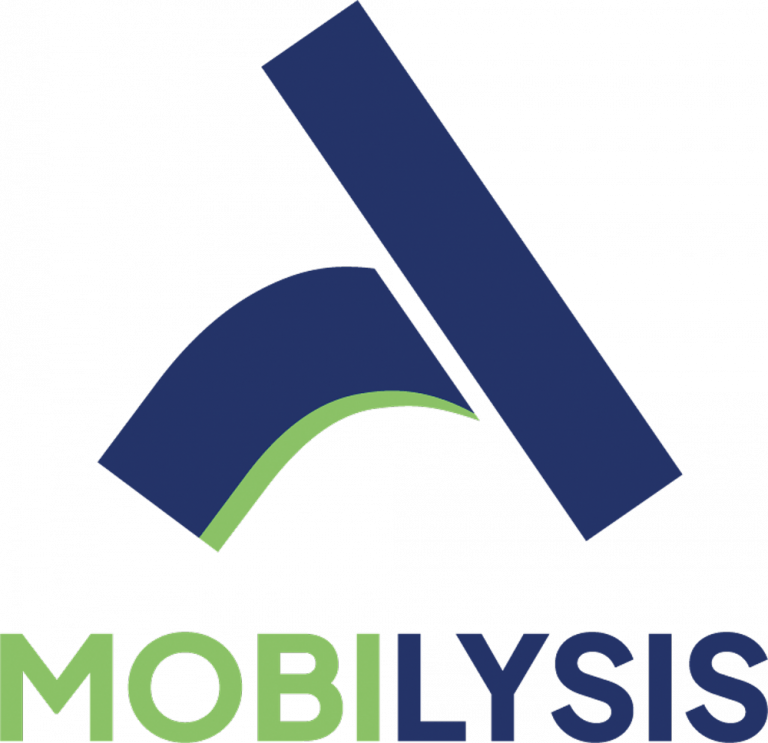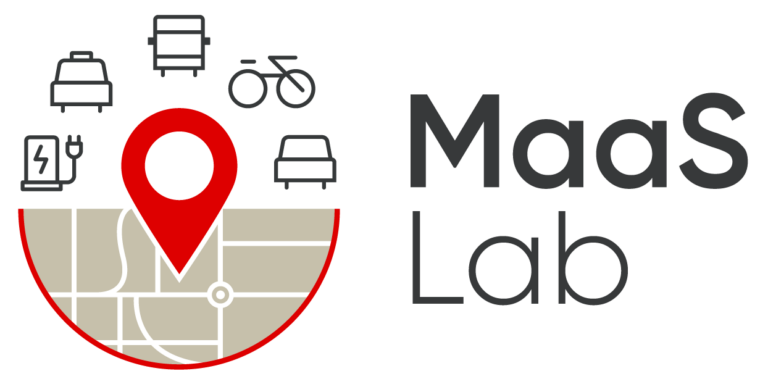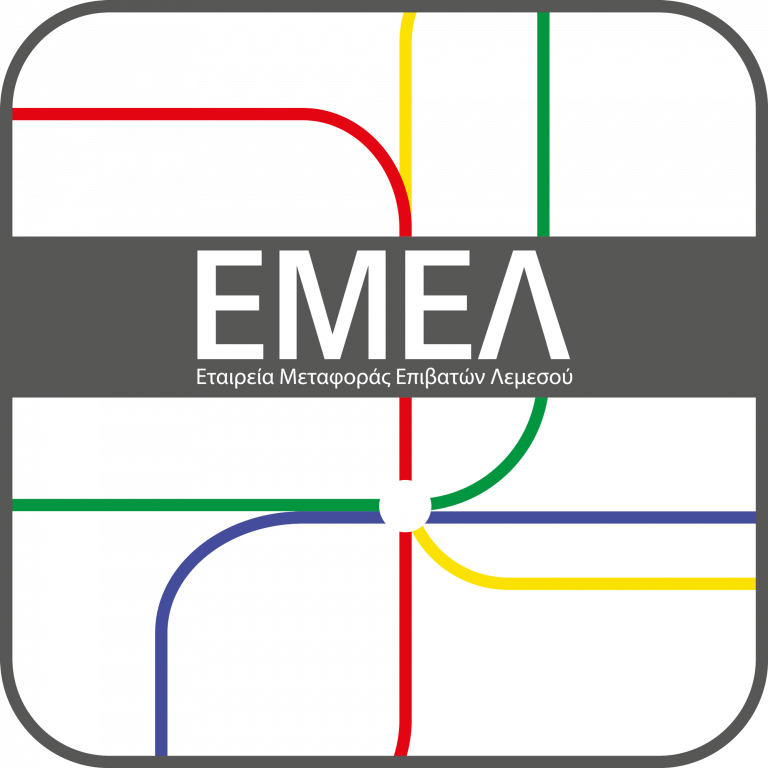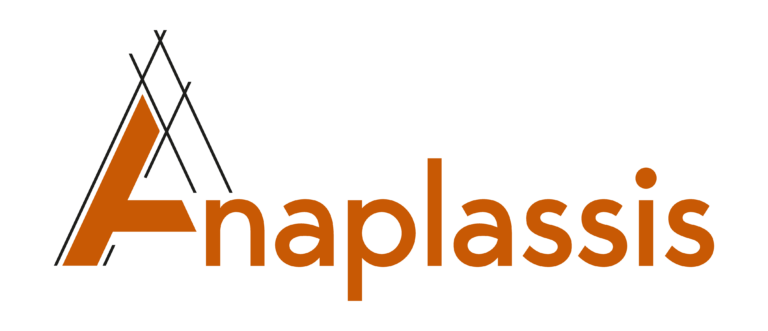In the metaCCAZE project, REMOTED is developing a concept for charging shared, electric and automated vehicles without the need for human assistance.
Development of automated vehicles has come a long way in the last decade, and many companies have come out with products for fully automated vehicles, which do not anymore need a safety operator on-board. While the driving task is automated, there are still other areas where the operation needs human attention.
One of these is charging. As the energy for driving the vehicle comes from batteries, which often have somewhat limited capacity, there is a need to charge the vehicles during a day of operation.
Traditionally, this task has been done by the driver driving the vehicle to the charger and manually plugging in the cable to the cable. This way of working is inefficient as there might often be some distance between the route and the charger, so the vehicle has to be out of service for some time.
To solve this challenge, metaCCAZE partner REMOTED, a Tampere, Finland-based service provider specialising in autonomous transport, proposes a concept where the vehicle is charged automatically on-route while it stands on the bus stop. This way the time when the vehicle is stationary can be utilised for charging the batteries, and there is no need for an extra charging brake.
However, also this concept has its own challenges to be addressed. How do the charging devices, often mounted on the ground, cope with the harsh Finnish winter conditions? Is the positioning of the automated driving systems accurate enough to precisely stop at the charging place? Is it possible to integrate the charging interfaces to the shuttles?
All of these challenges will hopefully be solved during the metaCCAZE project. In collaboration with the City of Tampere and Tampere University, REMOTED will test the concept in real operations across several districts of the city. The validation will happen with four automated vehicles, of which two are smaller shuttles and two larger buses with passenger capacities reaching up to 25 persons.
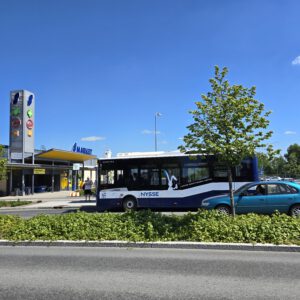
The biggest robot bus in Finland, ie. Karsan e-Atak, is operating route in Lempäälä Municipality, about 30 km south of Tampere. The route is 5.3 km long. The bus is operated in cooperation with NYSSE, a local public transport provider, and under the SHOW (EU) project.
More about the Living Lab Tampere
REMOTED is a key participant in the metaCCAZE Tampere living lab. The Tampere Living Lab focuses on developing and testing innovative solutions for sustainable urban mobility. By exploring smart technologies, the living lab aims to study the technological, organisational, and financial viability of autonomous transport and get to know the passenger experience within vehicles operating without on-board personnel in various operating conditions, including harsh winter conditions. Find our more here.
Author: Aleksi Tepponen, Project Manager, REMOTED
